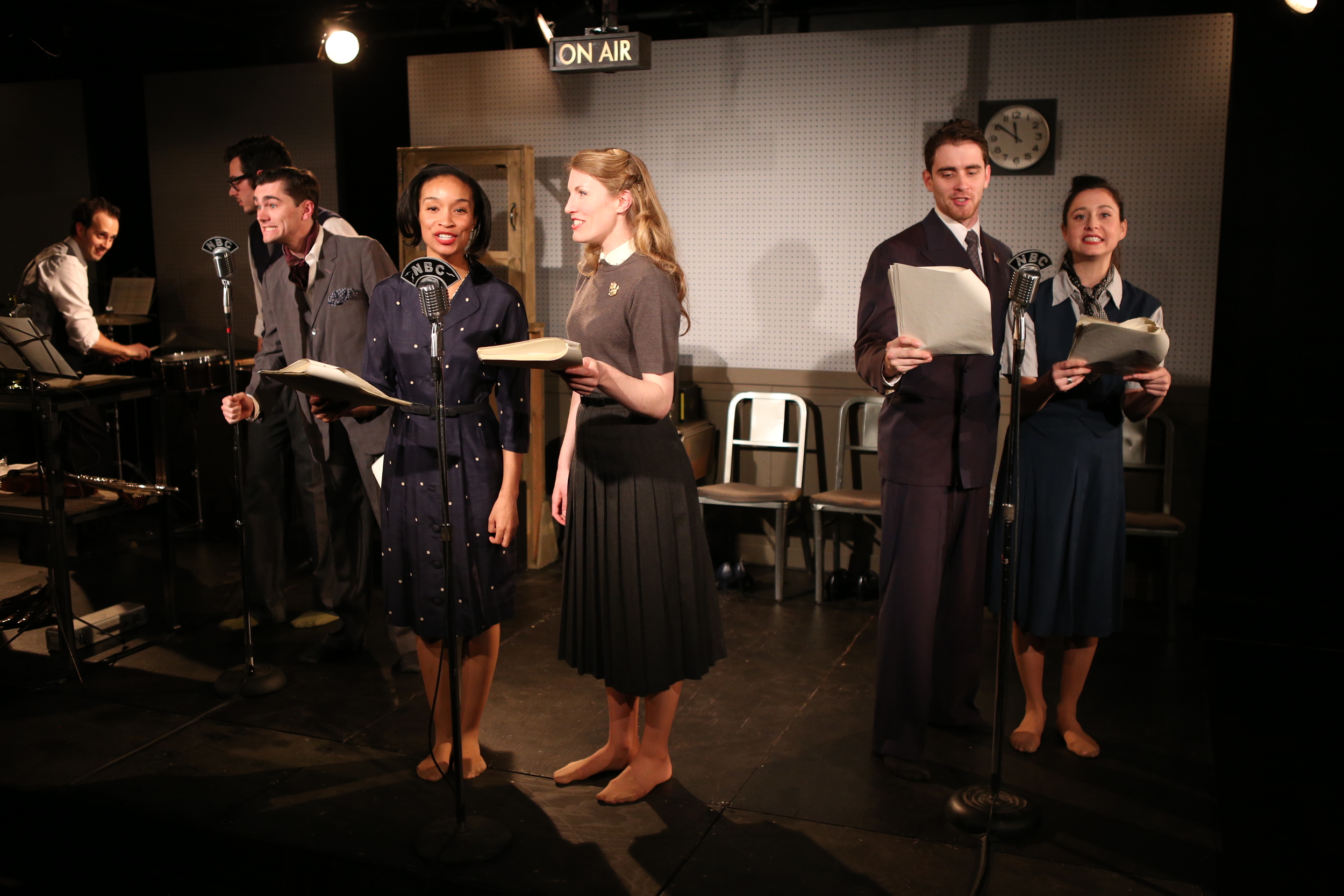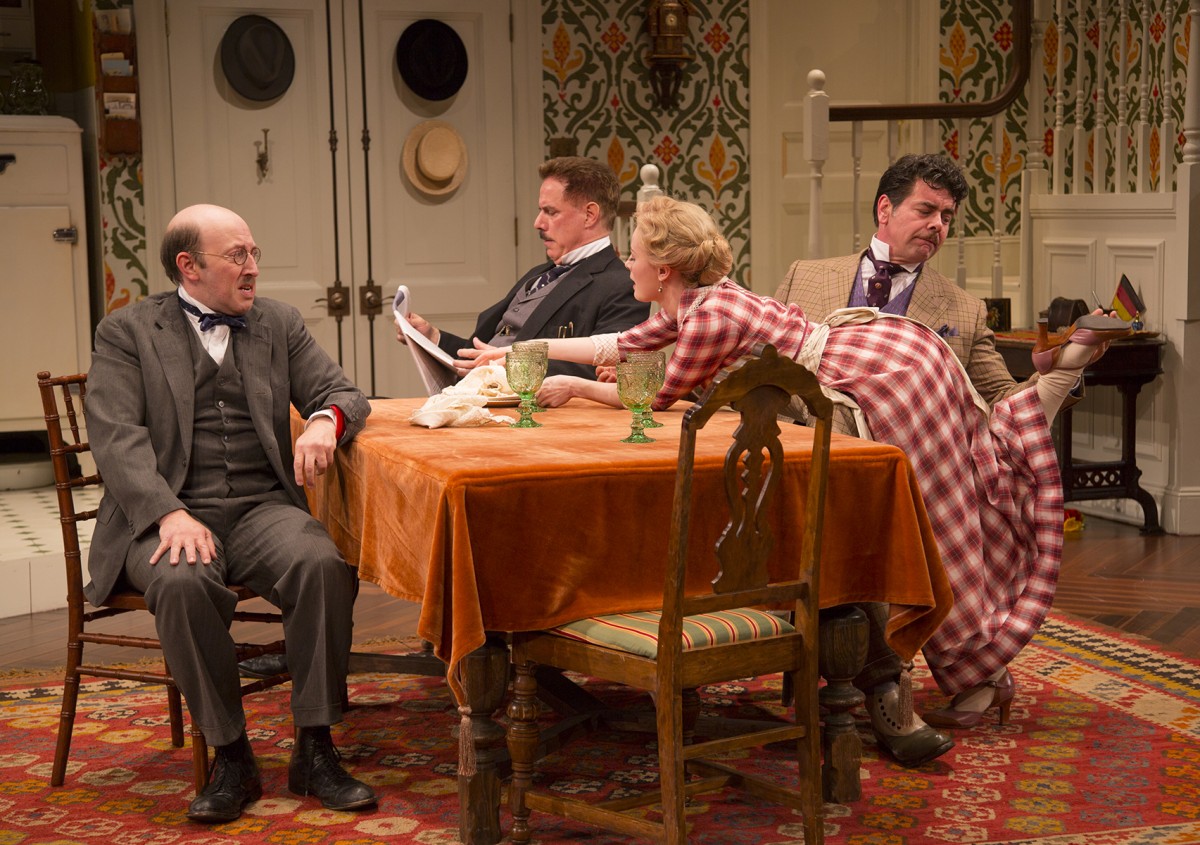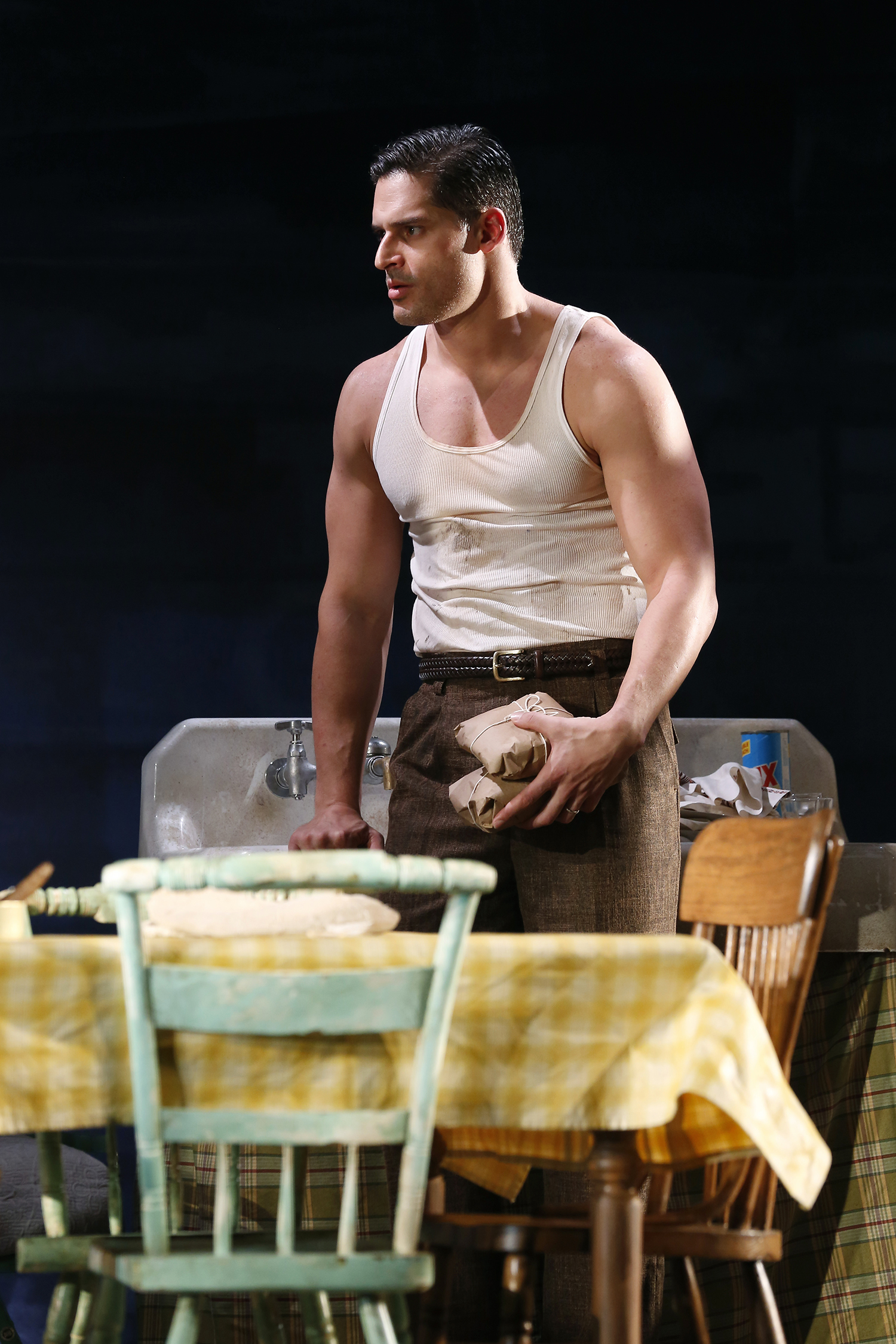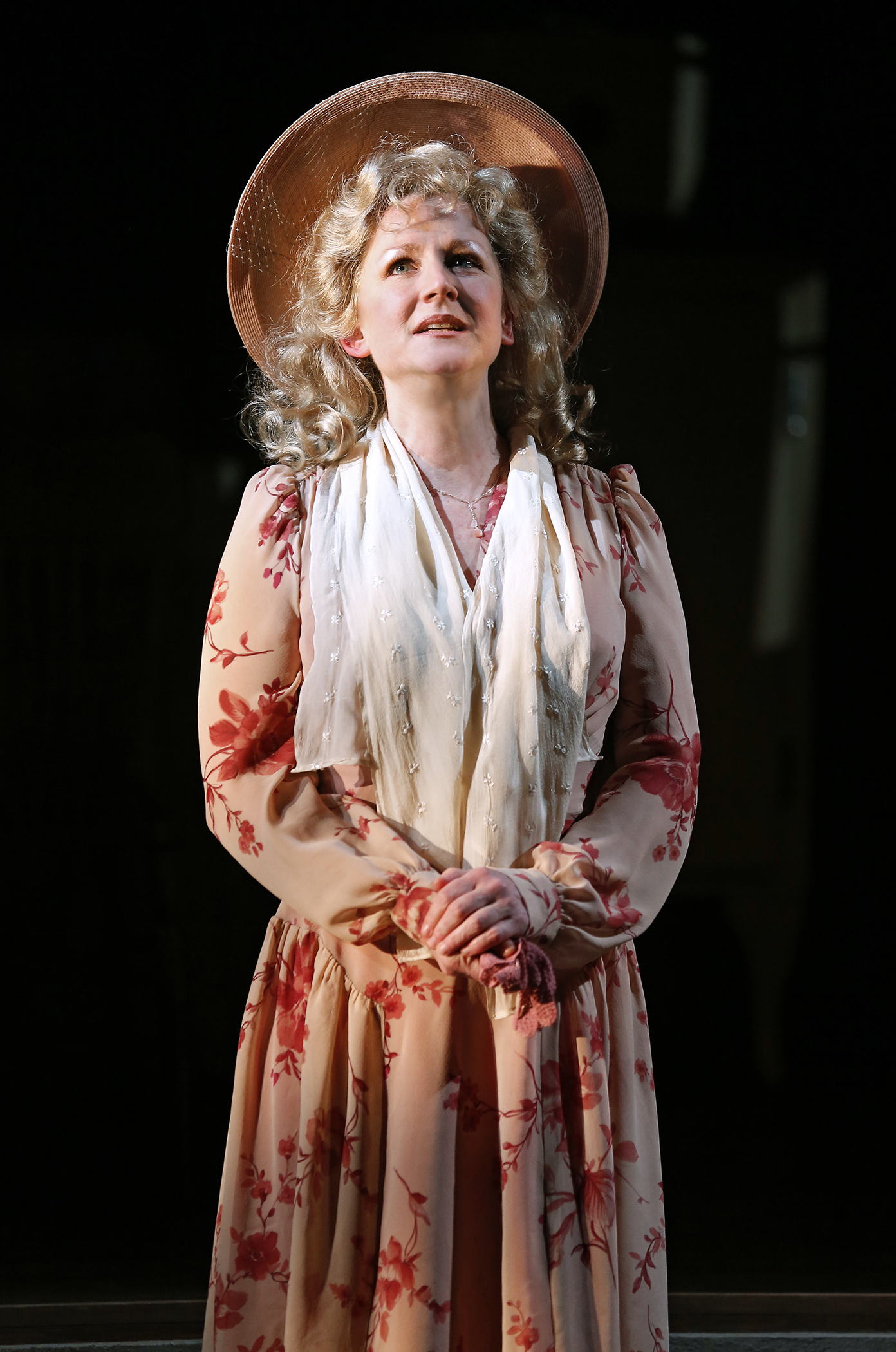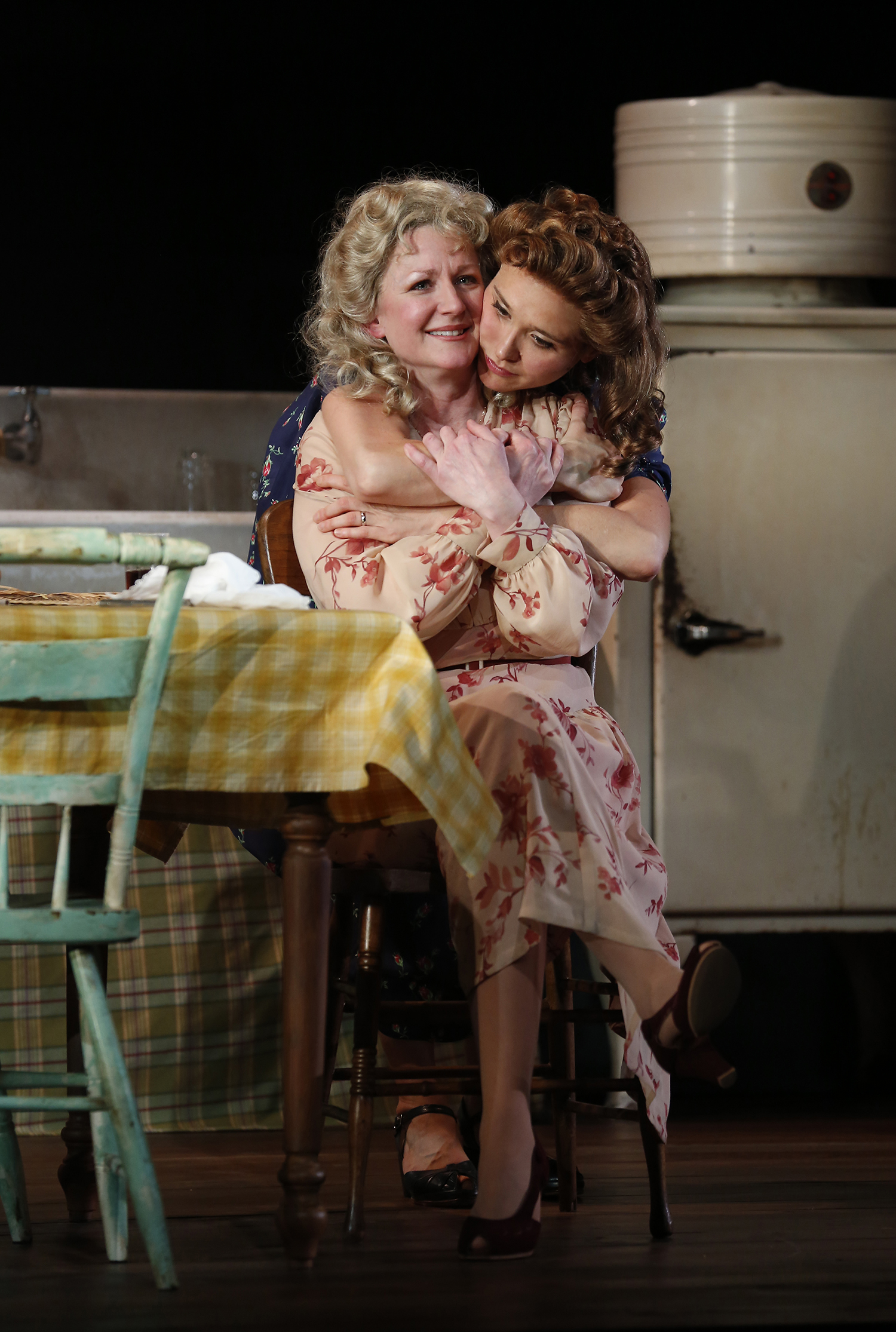My daughter is a very talented poet. She is also a first-year college student struggling--as, I think, many students must--to articulate a fully formed criticism of a poem that she had taken on for a term paper. In her last year of high school, she and I sometimes sat together to iron out our thoughts on poems about which she had to write. Recently she asked for my thoughts on a poem she had selected to explore. "Fire Is Not a Nice Guest," written by the prose poet Russell Edson, was not an easy work. (You can read it here for yourself.) Since she is in college over 1,000 miles away, and I'm here in New Haven and her request came between classes, I decided to write my response. After writing it, I realized it might, in turn, be worth sharing with those who wonder: "So how does one read a poem?" Of course, there is no one way. But what I offer here is one of the more common approaches--particularly if you are trying to gather ideas for writing about a poem. So here it goes...
Hey, kid,
Let me write for you something not only about the poem “Fire Is Not a Nice Thing,” but also about the toolbox needed in order to write poetry criticism.
A poem is a carefully shaped textual object. It emphasizes two things, in particular: form and economy. By form, I mean everything from the sound of the words to their order and rhythm to the line breaks; by economy I mean a certain dependence on concision—the saying of a lot in fewer words than might be said in a story or an essay.
When reading a poem, the first step in the process is to read it several times through and just let it soak in. As you read, and re-read, again and again, you should begin to pay attention not so much to the poem itself (that is, the poem on its own) as to the kinds of associations that light up in your head and the dark spots that show up by contrast and require more attention—with more re-reading or thinking about or even background research.
In analyzing a poem, you can first split it apart by its form and its content. This is never a neat split. For good poems, it’s not supposed to be. But it is a good starting point. By “content,” we refer to what the poem is “about”—most commonly the topic(s) discussed or suggested, the story being told (the narrative), and the images that are being used. By form, we refer to the literary devices employed that give the poem its distinctive shape.
The formal elements come in several major categories…
- Phonemic: This refers to the sounds of the words, either alone or in relation to one another. The devices commonly associated with this category are things like assonance, alliteration, sibilance, rhyme, onomatopoeia, etc.
- Rhythmic: In poetry this typically refers to the pattern of word stresses and line meter(s), the use of punctuation and line breaks (for creating longer and shorter pauses).
- Syntactic: This refers to word order and thus to devices like chiasmus, ellipsis, palindrome, and numerous others.
- Semantic: This refers to the meanings of words or phrases expressed or more often stretched or distorted through such devices as metaphors, similes, slang, and idioms, as well as portmanteau words and unusual word choices.
There are other types of formal aspects to poems—dramatic (apostrophe), poetic (couplets, Petrarchan sonnets, villanelles, haiku, free verse), and so on. But you get the idea about separating form from content. With respect to form, it doesn’t hurt to think of devices through these categories. I should also note that many of these devices are not exclusive to any one category. Ononmatopoeia—words that sound like the sound to which they refer, such “pow” or “woof”—is both a phonemic and semantic device.
But let’s move on. The point here is not to learn how to use these devices. That’s for the writing of poetry. What we want to learn here is how to recognize these devices when they’re being used, figure out why they are being used, and, even when we can’t figure out the why, then at least explain their effect on the reader--which brings us back to those associations that I mentioned earlier.
You know all of this already to a certain extent as a poet. But what we need now is to figure out how to use this knowledge as a reader and critic.
This is the view from 20,000 feet in the air. So let’s get down to earth.
A good way to write any analysis of a poem for a term paper is to first free associate and then record in bullet points your impressions. This is essentially data gathering. You may not be ready to make an argument until you’ve written a whole set of notes on the things you noticed first—your responses, your guesses, the links you see or think are being made.
Let’s take the title: “Fire Is Not a Nice Guest.” Here are some of my associational bullet points.
- The sentence is very simple. It uses the simple equational verb “is.” The construction is basic: subject (“fire”) verb (“is”) object (“guest”).
- This is a negative sentence. That suggests to me negativity could become an element of the poem.
- Guest is used as a metaphor. Guest suggests an invitation, friendliness. Fire could be friendly, a “guest,” if it warms one. But generally guest suggests a house visitor, and fires and houses don’t mix well at all.
- Nice is the adjective used to describe fire. It’s a very simple word—too simple—almost as if a child had named the poem, and that points to the dramatic aspect of the poem of who the poem’s speaker is supposed to be. (As you and I have discussed, every poem has an implied speaker who is sometimes the same as the poet herself--but just as often not.)
- This title is also, in a funny way, kind of stupid—that is, it reveals the stupidity of who named it because it states the obvious. Fire is, metaphorically speaking, no guest! (If the poem were called “Fire Is a Nice Guest,” that would really have me wondering what the poem would have been about: I imagine it then in a hearth warming my feet and thus a rather mawkish poem to follow suit.)
Important note here: I haven’t made an argument yet. I’m just recording impressions—ideas suggested by the arrangement of the words, the implied tone (and perhaps intelligence or lack thereof) of the persona, the image I thus draw of the persona (is this a child? Someone mentally challenged? A not-too-bright adult? An arsonist telling a story from prison?). Actually, the type of notes that I’m recording here are examples of "reader response criticism" in action: I’m making a series of assumptions about the poem without having read the poem all the way through—many of which may be right or wrong, but whose validity as impressions are personally valid, even if mistaken. Eventually, after one reads a poem (preferably many times), these impressions may come together as an argument or undergo heavy revision or more than likely both!
Again, I’m giving you a process—a way of reading poems—that hopefully can help in your getting to the point of writing about them in the form we call “criticism.”
OK, now into the poem a little. I won’t do a line-by-line analysis. I’ll just pick out parts that got my attention.
“I had charge of an insane asylum, as I was insane.”
- For a first line, this is pretty bold. Is it to be believed? Is it just a metaphor? Is the speaker really insane, or is he or she just exaggerating? For now let’s take the assertion at face value.
- The line begins with a clear contradiction. Inmates generally don’t run the asylums in which they are placed. However, this sentence implies that because he(?) is insane, he’s in charge. That assertion is, in itself, insane because it is a paradox (semantic device alert!). He runs the asylum because he’s insane? That’s just nuts! It makes no sense—and thus perhaps serves the poem’s purpose.
- Also the order of the phrases is interesting. The first half is a reasonable assertion, until one gets to the second half. Suggestion: someone seemingly normal who, upon a second look, is clearly not?
- Why “as I was insane” instead of “because I was insane”? Since this is a prose poem, it doesn’t appear to be a question of meter. The comma is suggestive—a pause, an afterthought, a bit of information being added to the main clause. The narrator holding back on us (and maybe a little on himself, too). The “as I was” would support that comma. “Because I was” would not have.
I could go on then, line after line, noting, for example, the use of personification (a subset of metaphor): the fire eats logs, curtains, beds, etc. It is hungry and has no restraint. It has a family. It really isn’t a very nice guest.
Now the poem begins to assume shape at the level of a poem (rather than line by line). It could be read as the tale told by a madman (woman?) of the fire that consumes his (her?) house. The mad narrator reconstructs the event (assuming there even was one) with fire as a guest who has overstepped polite bounds, taking over altogether the home.
But let’s say the poem’s not about an actual fire. Instead let’s treat the fire itself as a metaphor. But of what then? Perhaps of the house that is his mind. Notice that there’s implied safety upstairs. If we work from the idea that what’s being housed is the narrator’s mind, then upstairs would suggest physically the brain, the seat of the mind or soul or whatever that lives in the upstairs of our bodies. This kind of reading is certainly viable.
Of course not everything in the poem fits neatly into this reading of it. But then again, that, too, makes its own kind of sense: the narrator is not altogether coherent anyway. He’s crazy! Still, we would want to be careful with this idea: it can sound like an excuse for not explaining the difficult sections of the poem (I consider the line “Hey, that’s where the dusts have built their cities” one of those more challenging parts.)
There are strong suggestions that the narrator is the subject of his own discourse—he is insane, he is one of the lunatics, he is the maniac. My attention was especially caught by the line the 2nd line’s end: “…but do not go upstairs and eat a dementia praecox” Dementia praecox was an old psychiatric diagnosis for what we call today schizophrenia (easy enough to read up on in Wikipedia.) What’s particularly strange about this line is that dementia praecox fell out of use as a formal term by the 1920s and Edson’s poem was written in the 1960s. (Edson himself was born in 1935—thanks Wikipedia!).
Is the narrator an older individual? Or did Edson use this older term mistakenly? This is unclear. But it is a most interesting word choice—medical and yet also, technically speaking, out of date, even for the time period of the poem (semantic device alert!).
Where does this leave us? I won’t spell out what your reading/interpretation of the poem should be. I’m offering a series of ideas to rev the engine so you can construct your own reading of the poem, bringing together here what Edson is doing: mixing “crazy talk” with a broad array of poetic devices. In fact, this type of poem—crazy man talks and it sounds like poetry!—resonates with some standard ideas about poetry:
- It taps into the traditional link between madness and poetry (poetry as an inspired kind of madness). The idea itself originates with the Greek philosopher Plato and the dialog he wrote called Ion.
- Who says madness can’t create art? Artists mad and great at the same time abound. Could Edson be illustrating that in madness can be found art or that madness can be reshaped as art?
- It’s probably here worth discussing the fact that this is a prose poem, which was Edson’s métier, his specialty. In some ways, the prose poem makes the most sense for a mad persona’s speechifying. A more traditional poem—with rhyme schemes and well-defined meters—would come off as, well, pretty weak. We know that people who are mad aren’t that coherent. Such a poem—the words of a madman cast in iambic pentameter—might work for Shakespeare, but for a modern poet it would look highly contrived (artificial) and probably fall flat.
I’ll stop here. I wrote a lot, but I wanted to give you something to work with, to absorb and most important of all, a way of reading.
Dad

